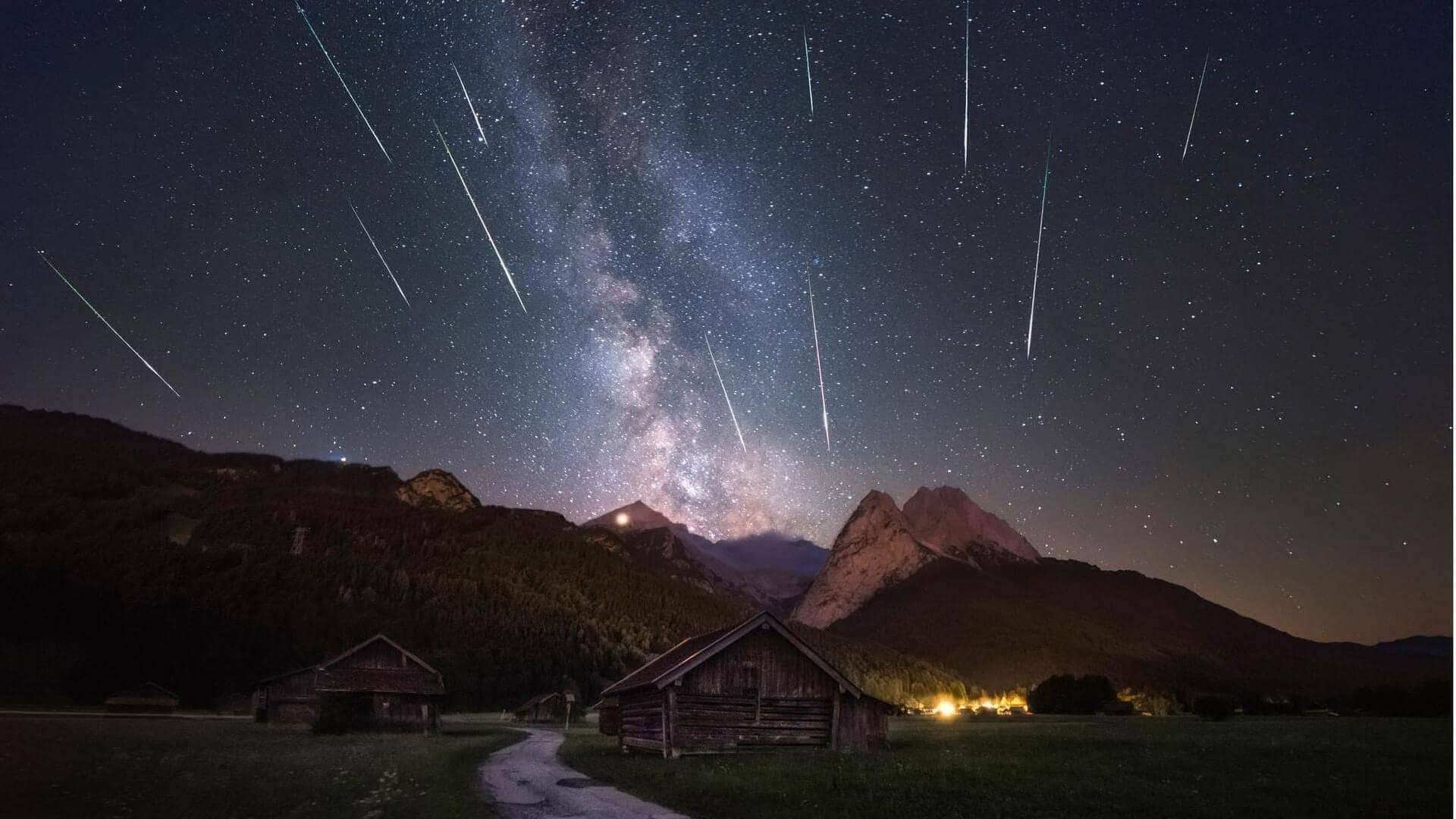
Rare celestial event: 2 meteor showers peak on July 29-30
What's the story
Skywatchers around the world are in for a treat as two major meteor showers, the Southern Delta Aquariids and Alpha Capricornids, peak on July 29-30. The event is expected to produce up to 25 meteors per hour, with no moonlight interference for optimal visibility. Though both showers will be visible globally, conditions will be best in the Southern Hemisphere where constellations Aquarius and Capricornus rise higher in the sky.
Meteor details
Southern Delta Aquariids: Origin and peak activity
The Southern Delta Aquariids, active from July 18 to August 12, are known for their fast-moving streaks that often leave long-lasting trails. They are expected to produce around 20 meteors per hour at their peak. These meteors originate from Comet 96P/Machholz, a small comet with a consistent debris trail along Earth's orbital path. The broad peak of this shower gives observers more than just one night to catch the event.
Second meteor shower
Alpha Capricornids: Origin and peak activity
The Alpha Capricornids, active from July 7 to August 15, add five to 10 meteors per hour. They are known for their slow, bright fireballs in color. These meteors come from Comet 169P/NEAT, a 3km-wide body discovered in 2002 that completes its orbit around the Sun every 4.2 years. The overlap of these two showers creates a unique viewing experience for stargazers worldwide.
Viewing tips
Where to watch the meteor shower?
The best viewing conditions will be in rural areas away from city lights. Stargazers are advised to let their eyes adjust for at least 20-30 minutes before looking southward. The pre-dawn hours of July 30 are likely to offer the best show, especially for those in the Southern Hemisphere where both constellations will be higher in the sky.